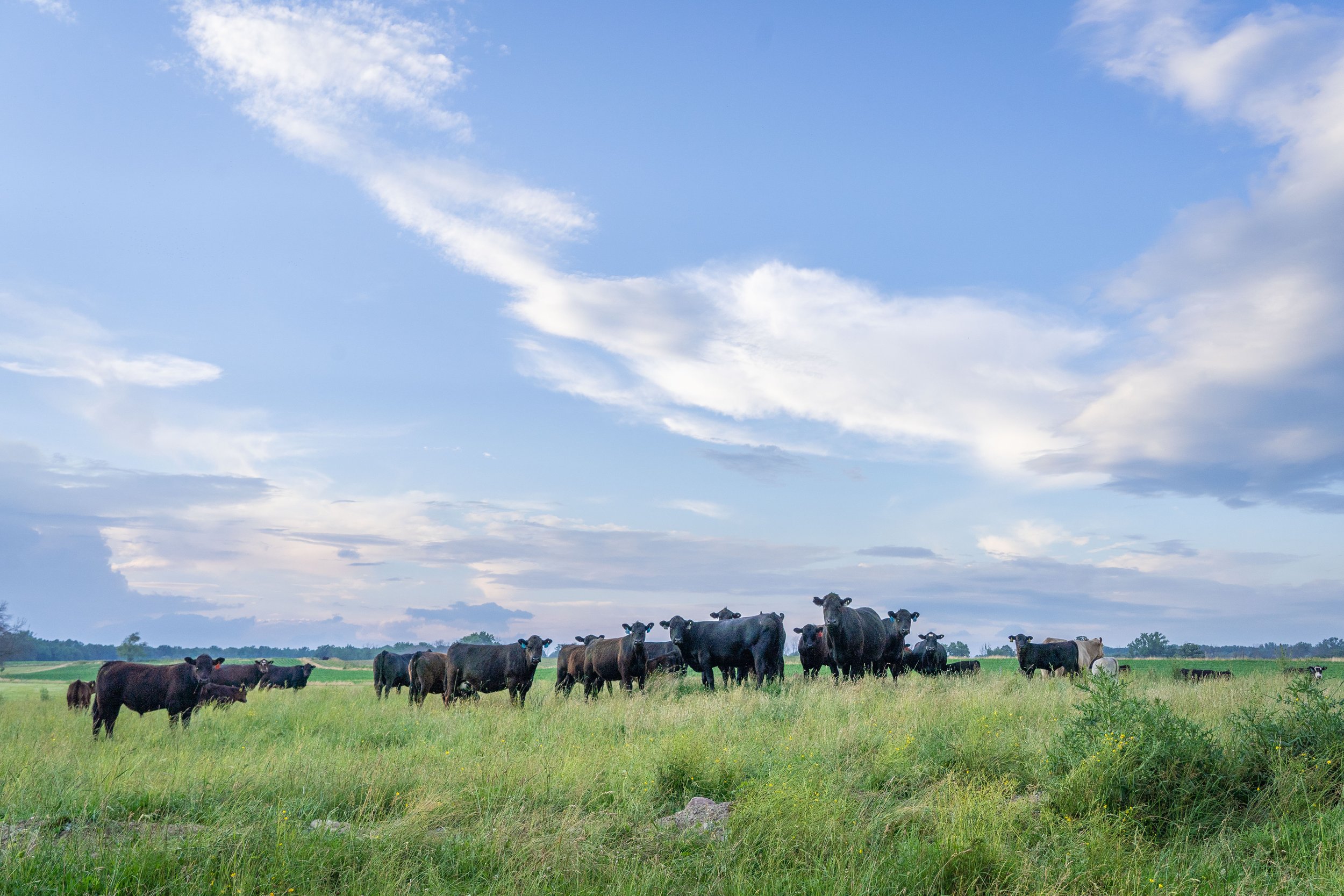Secret Elements to Consider When Choosing Livestock Risk Security (LRP) Insurance Coverage
When assessing options for Livestock Danger Defense (LRP) insurance coverage, several vital aspects necessitate careful factor to consider to ensure effective danger monitoring in the agricultural sector. Choosing the right protection alternatives customized to your specific animals procedure is critical, as is understanding how superior costs correlate with the degree of protection provided. Additionally, the qualification standards for different sorts of livestock and the versatility of the policy to adjust to transforming scenarios are critical components to evaluate. The efficiency and openness of the claims procedure can substantially impact the total experience and monetary end results for livestock manufacturers. By purposefully navigating these important elements, producers can safeguard their investments and alleviate potential threats properly.
Insurance Coverage Options
When thinking about Animals Danger Security (LRP) insurance coverage, it is necessary to comprehend the various coverage options readily available to minimize threats in the farming industry. Livestock Risk Defense (LRP) insurance policy uses different coverage options customized to satisfy the diverse needs of livestock producers.
Another essential insurance coverage choice is the endorsement duration, which figures out the length of time the insurance coverage is in result. Producers can select the recommendation period that best matches their production cycle and market conditions. Furthermore, insurance coverage levels and prices vary based on the type of livestock being insured, providing producers the adaptability to personalize their insurance coverage prepares according to their certain requirements.
Understanding the various coverage alternatives available under Animals Risk Defense (LRP) insurance coverage is vital for manufacturers to make enlightened decisions that properly safeguard their animals operations from market unpredictabilities.
Premium Prices

Animals Danger Security (LRP) insurance provides essential coverage choices tailored to alleviate risks in the agricultural sector, with a substantial facet to take into consideration being the estimation and framework of premium costs. These consist of the type and number of animals being insured, the coverage level picked, the existing market prices, historic price data, and the size of the coverage period.
Premium prices for LRP insurance policy are typically computed based on actuarial information and take the chance of evaluation models. Insurance firms examine historical information on livestock rates and production costs to establish a proper premium that shows the level of danger involved. It is necessary for livestock manufacturers to very carefully review premium costs and insurance coverage options to guarantee they are effectively protected versus prospective economic losses due to damaging market conditions or unanticipated occasions. By comprehending just how premium costs are computed and structured, producers can make educated choices when selecting the ideal LRP insurance coverage policy for their operation.
Eligible Livestock
The determination of qualified animals for Livestock Risk Protection (LRP) insurance policy protection includes careful factor to consider of details requirements and qualities. Animals types that are generally eligible for LRP insurance policy include feeder cattle, fed livestock, swine, and lambs.
Feeder livestock, for example, are generally eligible for LRP protection if they drop within defined weight arrays. Lambs are another classification of animals that can be considered for LRP insurance policy, with factors such as weight and age playing a critical role in identifying their eligibility.
Before picking LRP right here insurance policy for livestock, manufacturers must carefully examine the qualification criteria detailed by the insurance policy company to guarantee their pets fulfill the necessary demands for protection.
Plan Adaptability
Policy adaptability in Animals Danger Defense (LRP) insurance policy allows manufacturers to tailor coverage to fit their specific demands and run the risk of monitoring methods. This flexibility empowers animals producers to personalize their insurance policy policies based on variables such as the type of animals they own, market conditions, and individual threat tolerance degrees. By offering adjustable options, LRP insurance coverage makes it possible for producers to successfully manage their threat exposure while securing their livestock operations versus unforeseen market volatility.
Insurance Claims Refine
Upon experiencing a loss or damages, manufacturers can launch the claims process for their Animals Threat Protection (LRP) insurance coverage by without delay contacting their insurance service provider. It is essential for manufacturers to report the loss as quickly as possible to speed up the insurance claims procedure. When connecting to the insurance service provider, producers will require to offer comprehensive info concerning the case, including the date, nature of the loss, and any relevant documentation such as vet documents published here or market costs.

After the evaluation is complete, the insurance policy company will certainly choose pertaining to the insurance claim and connect the outcome to the manufacturer. If the claim is authorized, the manufacturer will get settlement according to the regards to their Animals Danger Defense (LRP) insurance plan. Bagley Risk Management. It is essential for producers to be knowledgeable about the cases process to guarantee a smooth experience in the occasion of a loss

Conclusion
To conclude, when choosing Livestock Risk Protection (LRP) insurance, it is important to think about protection important source choices, premium costs, eligible animals, policy flexibility, and the claims procedure. These vital variables will certainly assist make sure that breeders and farmers are sufficiently safeguarded against potential dangers and losses connected with their livestock procedures. Making an educated decision based on these factors to consider can inevitably cause much better financial protection and comfort for animals manufacturers.
Livestock Threat Security (LRP) insurance coverage offers various protection options customized to meet the varied requirements of livestock manufacturers.The determination of qualified livestock for Animals Danger Defense (LRP) insurance policy coverage entails cautious factor to consider of certain criteria and features.Policy adaptability in Livestock Risk Defense (LRP) insurance coverage permits producers to tailor coverage to fit their specific demands and risk administration strategies.Upon experiencing a loss or damage, manufacturers can start the cases process for their Animals Threat Security (LRP) insurance coverage by promptly contacting their insurance policy supplier.In conclusion, when picking Livestock Danger Defense (LRP) insurance, it is necessary to take into consideration protection choices, premium prices, eligible livestock, plan adaptability, and the claims procedure.